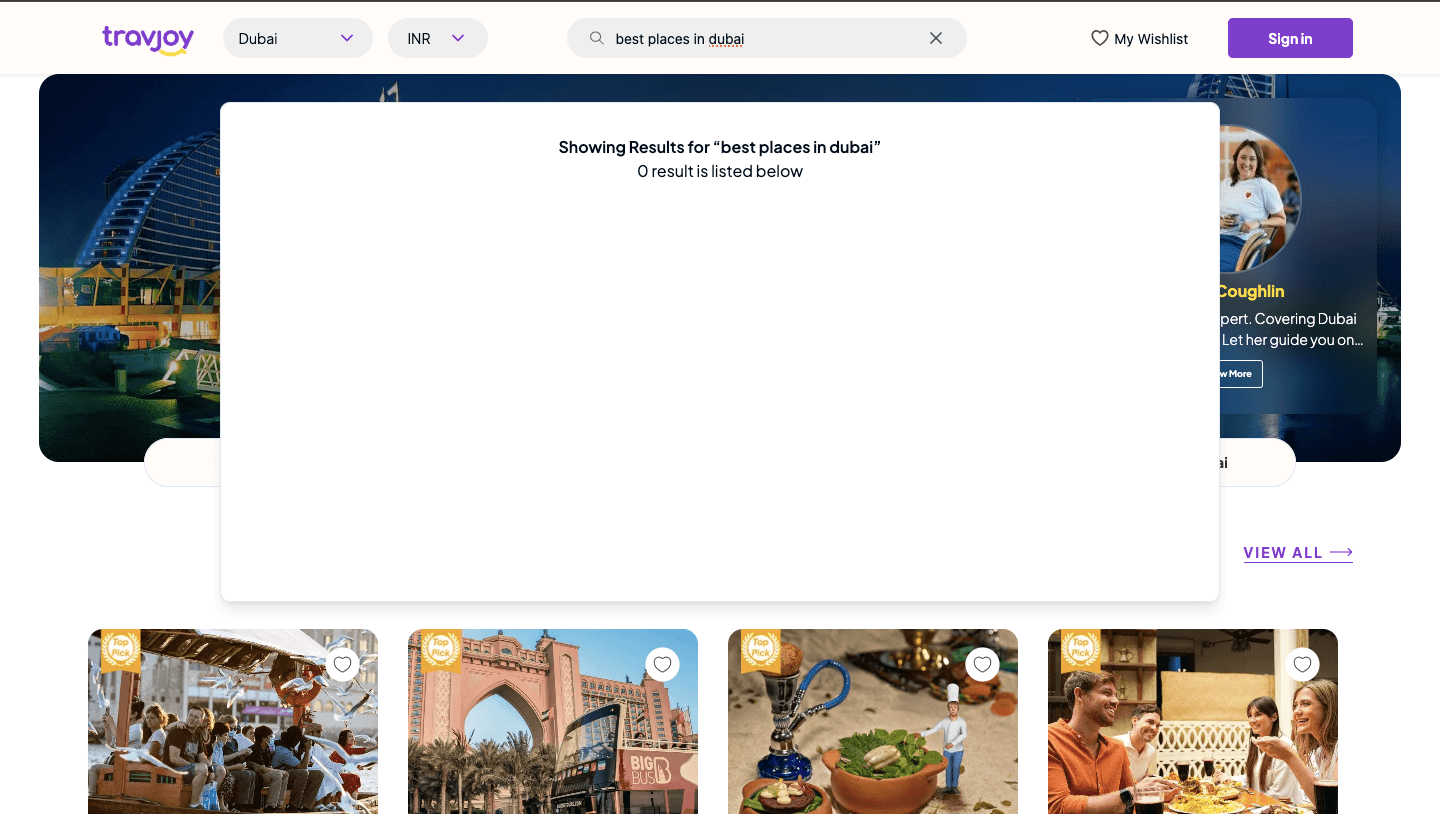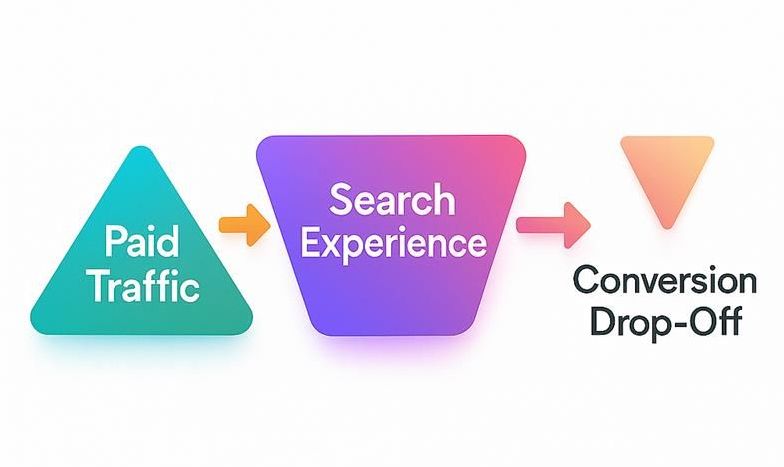Not how good it looks.
Not how fast it loads.
Not even how much content you’ve produced.
If your users can’t find what they need — in their own words, with minimal effort — they leave. And when they leave, they don’t come back.
I've seen this play out across D2C brands, SaaS landing pages, and content-rich marketplaces. And in most cases, the problem isn’t the product or the copy. It’s the search.
The Search Bar Is the Most Ignored UX Asset
Despite all the noise around AI and UX innovation, most websites still treat the search bar as a formality. A text box that matches keywords, maybe highlights them in bold, and throws up a list.
But here’s the problem: users don’t search the way your database is structured.
They search like this:
- “Best vegan snacks under 200 calories”
- “Therapists near me who do CBT and take evening sessions”
- “Can I upgrade my plan without losing saved data?”
These are not keywords. They’re questions, wrapped in context, emotion, urgency, and expectation.
A keyword-based search engine doesn’t decode any of that.
What’s Changing in 2025?
What’s changed is the baseline expectation. Post ChatGPT and Perplexity, users no longer tolerate interfaces that don’t understand nuance. AI-powered language models have raised the bar for relevance.
And this shift is not limited to consumer tech. It’s happening everywhere:
- Internal tools
- Support portals
- B2B product catalogs
- Community forums
When a user types something, they expect the system to understand their intent — not just match their syntax.
That’s why traditional search systems — built on inverted indices and simple string matching — are falling behind.
The AI Advantage: From Words to Meaning
AI-powered search flips the model. Instead of trying to match surface-level keywords, it matches concepts.
It uses vector embeddings to understand that:
- “Budget shoes for daily walks” ≈ “affordable walking footwear”
- “Therapy for stress” ≈ “mental health support for burnout”
- “How do I reset my password?” ≈ “account recovery steps”
This is what we implemented with Seekrs.ai for one of our content-heavy partners. Before switching, 1 in 3 search queries returned zero or poor results — not because content was missing, but because phrasing didn’t match.
Post-deployment, we saw a dramatic drop in “No Results” queries — and more importantly, users started typing longer, more conversational questions. That’s a signal that your system is finally earning user trust.

This Isn’t Just Better Search. It’s Better Business.
Every performance metric that matters is affected by search:
- Conversion Rate: If users can find what they want, they’re more likely to buy or take action.
- Engagement Time: Good search surfaces related content and deepens exploration.
- Support Deflection: Semantic systems reduce the load on human agents by answering long-tail queries.
- Content ROI: AI search ensures older or lesser-linked content stays discoverable — improving the payoff on your content efforts.
In one implementation for a wellness D2C platform, the editorial team started using search logs not just for fixing gaps — but to prioritize new content based on what users were already asking.
What About Site Navigation?
It’s tempting to say, “But we already have good navigation.”
Here’s the reality: navigation is designed around how your business thinks. Search is how your users think.
And when the two don’t align, users get frustrated — no matter how clean your menu or how well-tagged your CMS.
I’ve worked with teams that spent months perfecting taxonomies, only to find that users skip menus entirely and go straight to search.
AI-powered search doesn’t replace navigation — it complements it, by letting people bypass hierarchy when they just want answers.
The Cost of Inaction
If you're still relying on legacy search in 2025, you're not just missing out on better UX — you're actively losing ground.
You're misreading intent.
You're underutilizing your content.
You're leaving your product catalog under-explored.
You’re making users do the heavy lifting.
And if you're spending on paid traffic or SEO to get users to your site, this is non-negotiable.

Final Thoughts
AI search isn’t a “cool upgrade” — it’s now table stakes.
Much like responsive design became the norm post-2015, semantic search is the new standard for any website that cares about intent, clarity, and conversion.
The good news? You don’t need an ML team to make this leap.
You just need to decide that your users deserve to be understood — and implement a system that’s built for that job.
